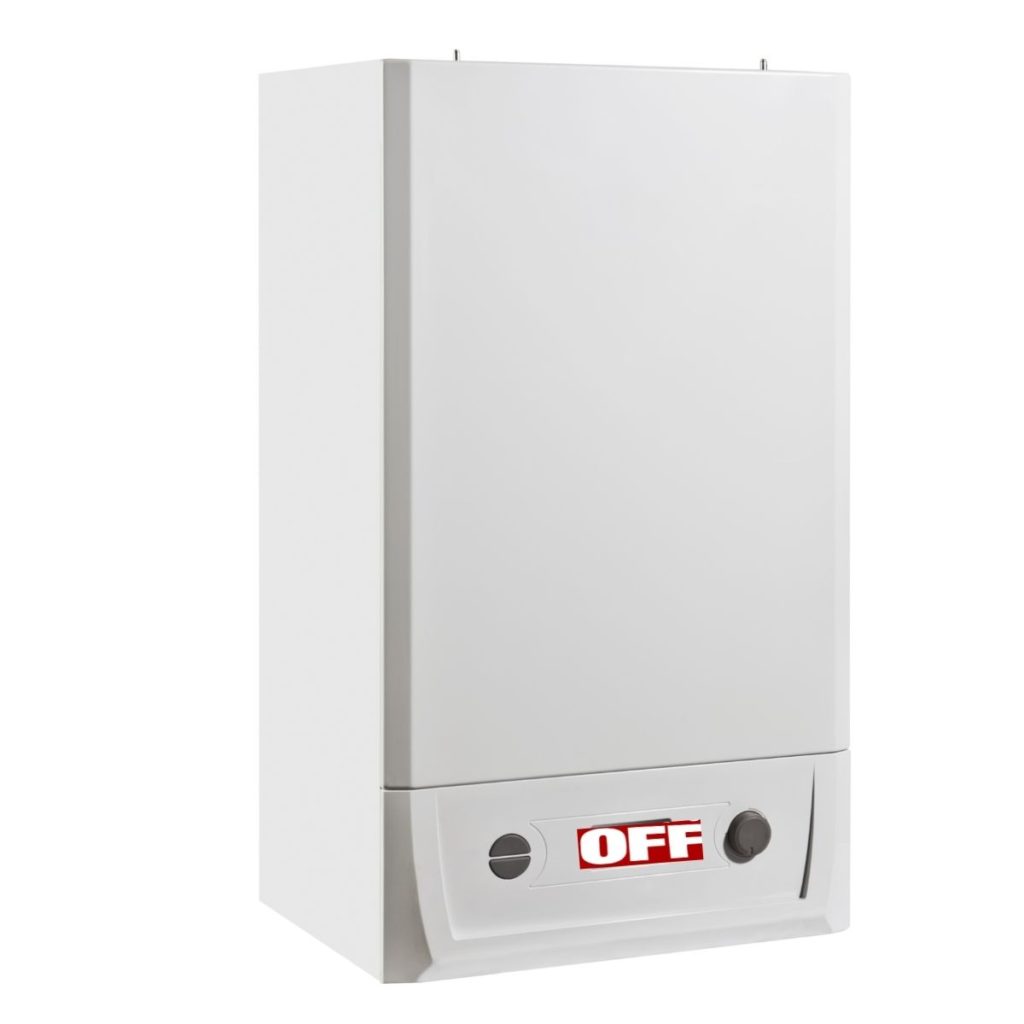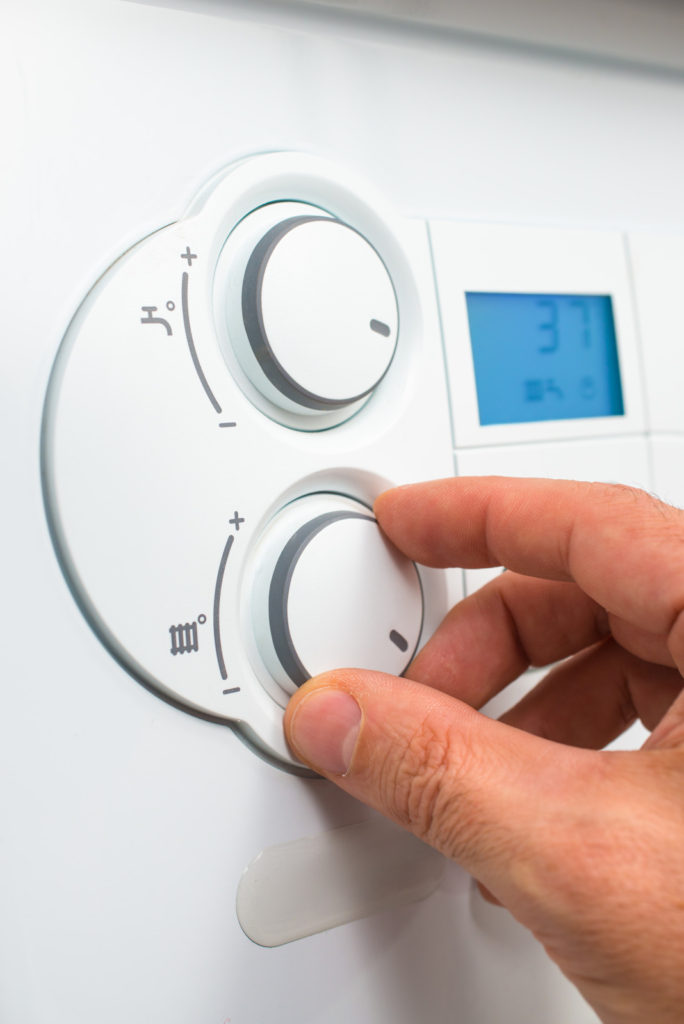
Boilers are an essential part of many homes, providing warmth and hot water throughout the year. However, when a boiler suddenly loses power, it can be a frustrating and inconvenient experience. There are a variety of reasons why a boiler may lose power, but fortunately, many of these issues can be easily resolved with a little troubleshooting.
Key features to check
- Check power supply and circuit breaker
- Reset tripped switches or replace blown fuses
- Check power switch and outlet
- Inspect boiler controls and settings
- Check pressure gauge and ignition system
In this article, we’ll explore the common reasons why a boiler may lose power, and provide you with practical steps you can take to resolve the issue. From checking the power supply to examining the thermostat, we’ll guide you through the process of identifying and fixing the problem with your boiler.
So, if you’re experiencing a power outage with your boiler, read on to learn how you can quickly and efficiently get your heating system back up and running.
Understanding the problem: Why has my boiler lost power?
One of the most frustrating things that can happen to a homeowner is when their boiler suddenly loses power. This can happen for a variety of reasons, so it’s important to understand some of the common causes:
Check the Power Supply
The first step in troubleshooting a boiler with no power is to ensure that the power supply is intact. Often, a simple power disruption can cause the boiler to shut down. The boiler needs an adequate power supply to run, so if there is no power, it won’t work. Check the power supply to your home or building and ensure that it is active and working correctly.
If there is no power, check your circuit breaker RCD, and make sure that the breaker is turned on. If the breaker has tripped, turn it off, then back on to see if that solves the problem. If the breaker trips again, then it is likely you have an electrical issue that needs to be addressed by a professional electrician.
If the power supply is active, but the boiler still doesn’t work, then you should check the wiring connections to your boiler. Make sure that all the wires are connected correctly and securely. If you find any loose wires, then you should tighten them immediately.
If you have checked all of the connections and the power supply, and the boiler still doesn’t work, then it is best to call a professional heating engineer to come and assess the problem, we recommend Hometree.
Inspect the Circuit Breaker
Start by locating the circuit breaker panel in your home. Look for any tripped switches or fuses that are related to the boiler. If you find any, reset the switch or replace the fuse. If you find that your boiler has no power, the first thing you should do is check your home’s circuit breaker to see if it has tripped. If it has, simply reset it and see if that solves the problem.
Another common cause of a boiler losing power is a blown fuse. If you check your circuit breaker and it hasn’t tripped, the next step is to check the fuse on the boiler itself.
This can sometimes be found on the front of the boiler, but it can also be located elsewhere, so consult your owner’s manual if you’re not sure where to look. If you find that the fuse has blown, replace it with a new one and see if that restores power to your boiler.
Finally, if neither of these solutions work, you may have a more serious issue with your boiler’s electrical system. It is advisable to consult a licensed electrician if you are unfamiliar with handling electrical components.
Examine the Boiler’s Power Switch
Locate the power switch of your boiler, usually located near the unit. Ensure that the switch is in the “on” position. If it is already on, toggle it off and then back on to reset it.
Verify the Power Outlet
Check if the power outlet, where the boiler is plugged in, is functioning correctly. Plug in another device to verify if the outlet is providing power. If it is not, try plugging the boiler into a different outlet or contact a qualified electrician for assistance.

Inspect the Boiler Controls
If the power supply is not the issue, the next step is to inspect the boiler controls. Follow these steps to ensure that the settings are correctly configured: Some boilers have reset buttons or switches that can help restore power.
Consult the manufacturer’s manual for your specific boiler model to locate and utilize the reset feature. Be mindful that repeatedly resetting the boiler without identifying the root cause could cause further damage. If the issue persists, it is best to contact a professional technician.
Check the Thermostat
Inspect the thermostat settings to ensure that it is calling for heat. Make sure the temperature is set higher than the current room temperature. If necessary, replace the batteries in the thermostat to rule out a low battery issue.
The thermostat is the brain of your heating system and is responsible for turning on and off your boiler as needed. Check to make sure that the thermostat is set to the correct temperature and that it is turned on. If the thermostat is working correctly, you will need to check the wiring.
There may be a loose wire or a broken connection somewhere. If you are not familiar with electrical work, it is best to call a professional to avoid accidental shocks or other accidents.
If none of these steps resolves the issue, it’s time to call in a professional to take a look at your boiler and diagnose the problem.
Examine the Pressure Level
Inadequate pressure can also cause a boiler to lose power. Follow these steps to check and adjust the pressure levels:
Locate the Pressure Gauge
Locate the pressure gauge on your boiler. It is usually found on the front panel or near the boiler controls. The pressure gauge displays the current pressure reading in bars or psi.
Check the Pressure Reading
Ensure that the pressure reading falls within the recommended range specified in the boiler’s manual. If the pressure is too low, you may need to repressurise the boiler. Refer to the manufacturer’s instructions for the correct procedure.
Bleed Radiators (if necessary)
If the pressure is excessively high, you can release some of it by bleeding the radiators. Start with the lowest level radiators and use a radiator key to open the bleed valve slightly. Close the valve once the pressure stabilizes within the recommended range.
Ignition System
If your boiler has no power, it could be due to a problem with the ignition system. The ignition system is responsible for lighting the gas that heats the water in your boiler. If the ignition system is not working properly, your boiler will not be able to produce heat.
Pilot Light Out
One common problem with the ignition system is a pilot light that has gone out. The pilot light is a small flame that is used to ignite the gas that heats the water in your boiler. If the pilot light goes out, your boiler will not be able to produce heat.
To check if the pilot light is out, you can look at the front of your boiler. If the pilot light is out, you will need to relight it. This can usually be done by following the instructions in your boiler manual.
Faulty Ignition Switch
Another possible problem with the ignition system is a faulty ignition switch. The ignition switch is responsible for sending a signal to the boiler to ignite the gas. If the ignition switch is not working properly, your boiler will not be able to produce heat.
To check if the ignition switch is faulty, you can try turning the switch on and off a few times. If the switch does not turn on the boiler, it may need to be replaced.
Gas Valve Failure
Finally, a gas valve failure can also cause problems with the ignition system. The gas valve is responsible for controlling the flow of gas to your boiler. If the gas valve is not working properly, your boiler will not be able to produce heat.
To check if the gas valve is faulty, you can try turning the valve on and off a few times. If the valve does not turn on the gas flow, it may need to be replaced.
In summary, if your boiler has no power, it could be due to a problem with the ignition system. The pilot light may be out, the ignition switch may be faulty, or the gas valve may have failed. Check these components to determine the cause of the problem.
Conclusion
If your boiler has no power, there could be a number of potential issues that you should troubleshoot before calling in a professional. Firstly, check to see if the boiler is plugged in and if the power switch is on. If it is, then check the fuse box to see if a circuit breaker has tripped or a fuse has blown. If this is the case, reset the circuit breaker or replace the fuse and try turning the boiler back on.
Another potential issue could be a faulty thermostat. If the thermostat is not working properly, then the boiler may not be receiving the signal to turn on. Try replacing the thermostat and see if this solves the problem. Additionally, if the boiler is not receiving gas, it will not have power.
Check the gas valve to ensure it is turned on and that the gas supply is not interrupted. Finally, if none of these solutions work, it could be a more serious issue and you should call a qualified professional to assess and fix the problem.

